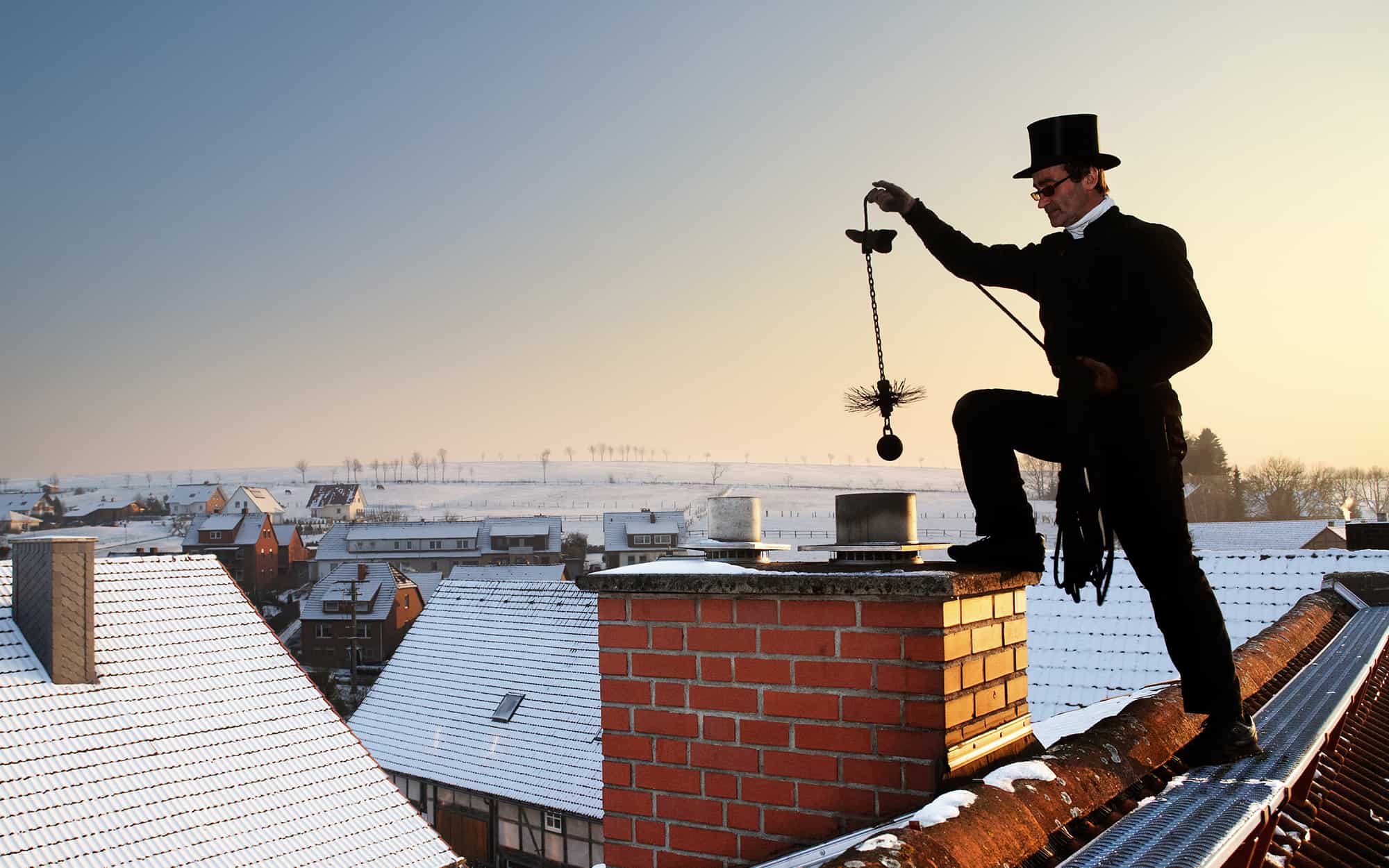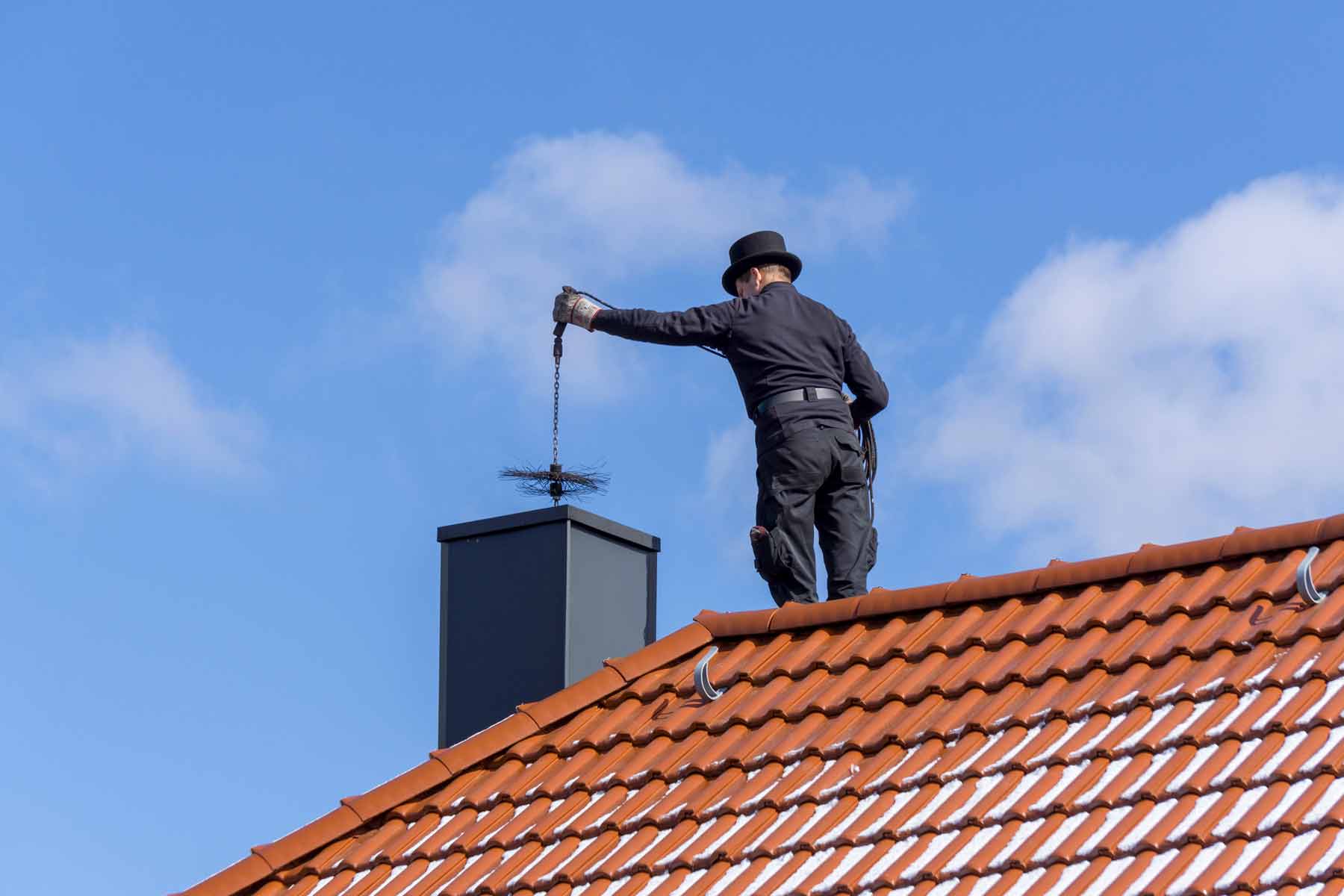Unlock the Secrets of Effective Chimney Maintenance San Jose for a Healthy And Balanced Home
Unlock the Secrets of Effective Chimney Maintenance San Jose for a Healthy And Balanced Home
Blog Article
Specialist Tips for Effective Chimney Maintenance You Required to Know
Chimneys offer as essential parts in numerous homes, supplying warmth and convenience. Guaranteeing their correct upkeep is typically neglected till problems develop. Comprehending the details of chimney treatment can be the secret to avoid pricey repair work and safeguarding your home and household. From the value of regular inspections to secure operational practices, a detailed method to smokeshaft upkeep is crucial. Let's explore professional pointers that can help you maintain your chimney in ideal condition for several years to find.
Significance of Normal Inspections
Regular examinations of chimneys are important for guaranteeing their safety and capability. Smokeshafts play an essential role in airing vent out unsafe gases and preserving correct air movement in a home. Over time, creosote buildup, debris, and architectural damages can happen within the smokeshaft, presenting significant threats such as chimney fires or carbon monoxide leaks.
During a smokeshaft evaluation, educated professionals analyze the condition of the smokeshaft, trying to find any indicators of damages, blockages, or damage. They also inspect the honesty of the flue, smokeshaft lining, and smokeshaft cap to make sure every little thing remains in proper working order. By determining and dealing with concerns early on, possible dangers or pricey repair services can be prevented.
Regular assessments not only aid in preserving the security of the smokeshaft but also add to its general efficiency. A properly maintained and clean chimney operates much more efficiently, making sure correct air flow and lowering the threat of interior air contamination. Consequently, organizing yearly smokeshaft assessments is a positive procedure that house owners can take to secure their property and loved ones.
Cleaning Strategies and Regularity
Preserving the safety and efficiency of a smokeshaft includes not only routine inspections however also applying suitable cleaning strategies and establishing the ideal frequency for cleansing. Smokeshafts must be cleaned up by a professional chimney sweeper at least annually, even if they are not frequently made use of. If the smokeshaft is utilized regularly, especially with wood-burning ranges or fire places, it may call for more constant cleanings to stop the buildup of creosote, an extremely flammable compound that can lead to smokeshaft fires.
House owners must never ever disregard smokeshaft cleansing, as it is necessary for keeping a practical and risk-free chimney system. Regular cleanings not only reduce the danger of chimney fires however likewise enhance the chimney's overall performance and longevity.
Dealing With Chimney Leaks

When dealing with smokeshaft leaks, complete examination and punctual fixings are crucial to prevent water damages and keep the structural integrity of the chimney. Leakages in a smokeshaft can lead to severe problems such as mold and mildew development, deterioration of the chimney framework, and also potential fire risks. To properly attend to smokeshaft leakages, start by evaluating the smokeshaft cap, crown, blinking, and stonework for any indications of damage or wear.
Comprehending Creosote Build-Up
To understand the prospective risks of creosote accumulation in chimneys, it is vital to acknowledge its development procedure and influence on smokeshaft performance. Creosote is a brown or black tar-like material that collects inside chimney systems when timber or fossil gas are burned. As smoke climbs via the chimney, it cools down and condenses, leading to the development of creosote, which follows the smokeshaft wall surfaces.

Regular smokeshaft evaluations and cleansings by a professional chimney sweeper are important in stopping creosote accumulation and making certain the safe procedure of your smokeshaft system.
Safe Operation Practices
Applying proper security protocols is vital for the safe and secure and effective procedure of smokeshaft systems. Always make sure that the smokeshaft is professionally checked and cleansed routinely to get rid of any kind of creosote buildup, which can lead to chimney fires.
Additionally, see to it to just melt skilled timber in your fire place, as wet or environment-friendly timber can produce more creosote and trigger hazardous smokeshaft clogs. Lastly, never leave a fire ignored and always make certain the fire is entirely snuffed out prior to going to sleep or leaving read more your home. By following these risk-free operation methods, you can delight in a warm and relaxing fire while making certain the safety and security of your home and enjoyed ones.
Verdict
In final thought, preserving your chimney is important for ensuring its safety and security and performance. Routine evaluations, proper cleansing strategies, attending to leaks, taking care of creosote accumulation, and complying with secure procedure practices are key facets Full Report of chimney upkeep. By remaining on top of these jobs, you can prevent possible dangers and prolong the life-span of your smokeshaft. It is very important to focus on chimney upkeep to maintain your home safe and cozy during the cooler months.
Over time, creosote buildup, particles, and structural damages can occur within the chimney, posturing major threats such as chimney fires or carbon monoxide leaks.
If the smokeshaft is used on a regular basis, especially with wood-burning ranges or fire places, it might require more constant cleansings to avoid the accumulation of creosote, a very flammable compound that can lead to smokeshaft fires. (Chimney Maintenance San Jose)
To recognize the potential risks of creosote build-up in smokeshafts, it is crucial to recognize its formation process and effect on smokeshaft efficiency. As smoke climbs through the chimney, it cools and condenses, leading to the development of creosote, which sticks to the smokeshaft wall surfaces.
Constantly guarantee that the smokeshaft is professionally examined and cleaned up on a regular basis to get rid of any kind of creosote build-up, which can lead to smokeshaft fires.
Report this page